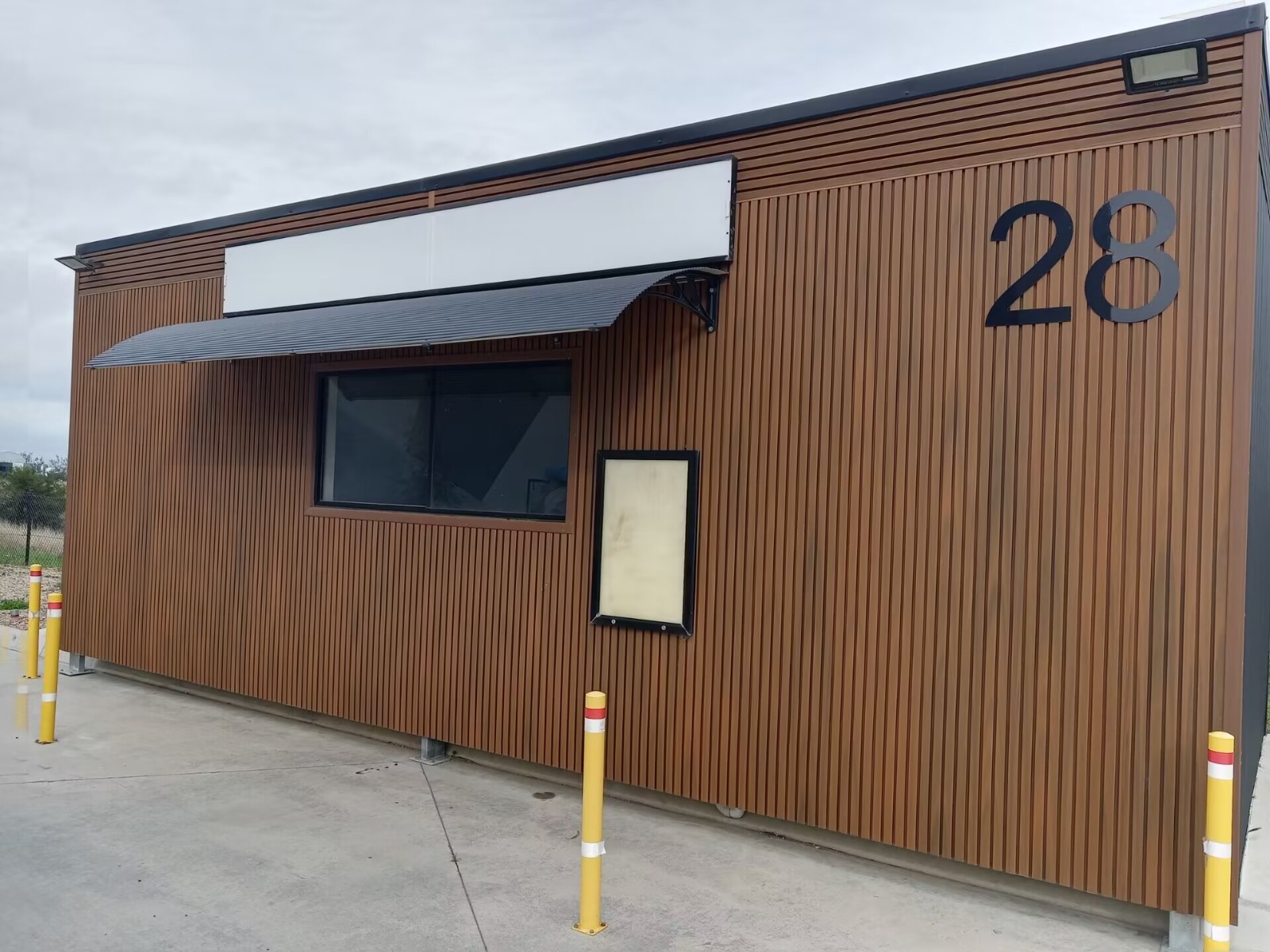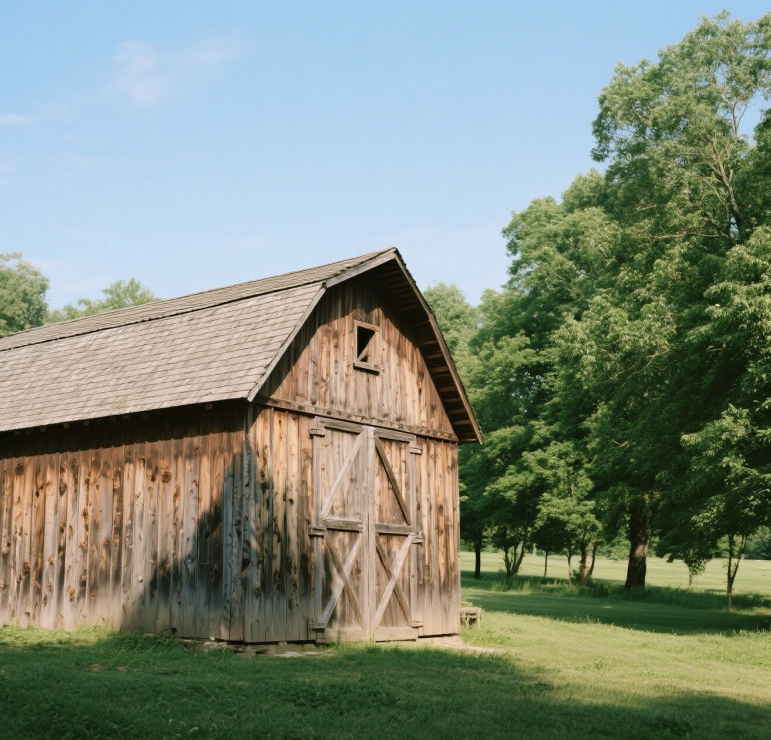Your shed isn’t just a storage box—it’s part of your property’s visual story and a guardian of your belongings. Whether it shelters your gardening tools, bikes, or backyard workshop, the shed covering you choose plays a critical role in both function and curb appeal.
But not all shed coverings are created equal. With so many options—from composite siding to wood, vinyl, metal, stone, and fiber cement—how do you decide what works best for your climate, budget, and lifestyle?
This comprehensive guide breaks down everything you need to know—from material pros and cons to 9 essential factors—so you can make a confident, smart investment.
Definition:
Shed coverings are the outer shell or siding of your shed, built from materials like composite, wood, vinyl, and metal. They serve both protective and aesthetic purposes.
Why They're Important:
Weather Protection: Keeps moisture, UV rays, and pests at bay.
Durability: Extends your shed’s lifespan by resisting decay.
Visual Appeal: Elevates your backyard’s look and feel.
👉 Pro Tip: Investing in the right covering can boost property value and reduce long-term maintenance.
| Consideration | Why It Matters |
|---|---|
| 1. Aesthetics | Match your home and landscape for visual harmony. |
| 2. Durability | Ensure it stands up to wind, rain, snow, and sun. |
| 3. Water Resistance | Prevents mold, rot, and structural damage. |
| 4. Installation | Save time and money by choosing user-friendly materials. |
| 5. Climate Fit | Choose based on local humidity, temperature swings, or salt air exposure. |
| 6. Maintenance | Low-maintenance options like composite save you time and money. |
| 7. Insulation | Essential in temperature-sensitive storage spaces. |
| 8. Cost | Consider long-term value, not just initial price. |
| 9. Environmental Impact | Choose eco-friendly, recyclable, and sustainable materials like WPC. |

A top performer and modern favorite. Learn more about why WPC is the smartest exterior coating for 2025.
Pros:
✅ Durable in harsh conditions
✅ Pest and rot-resistant
✅ No need to paint or stain
✅ Available in various styles/colors
✅ Eco-friendly (often made from recycled materials)
✅ Low maintenance
Cons:
⚠️ Higher upfront cost
⚠️ May slightly fade in the first 6 months (then stabilizes)

A timeless, rustic favorite.
Pros:
✅ Natural appearance
✅ High-end options like cedar and redwood are stunning
✅ Good insulation
Cons:
⚠️ Requires frequent painting/staining
⚠️ Prone to rot, especially in humid areas
⚠️ Can be expensive
⚠️ Vulnerable to pests
All about toughness.
Pros:
✅ Extremely durable
✅ Fire and pest resistant
✅ Low maintenance
✅ Long lifespan
Cons:
⚠️ Poor insulation
⚠️ Industrial look may not appeal to everyone
⚠️ Higher initial cost
⚠️ Energy-intensive manufacturing process
Budget-friendly and easygoing.
Pros:
✅ Low maintenance
✅ Doesn’t require painting
✅ Fade-resistant
✅ Affordable
Cons:
⚠️ Can look less natural
⚠️ Not environmentally friendly (hard to recycle)
⚠️ Brittle in cold climates
Elegance meets endurance.
Pros:
✅ Natural beauty
✅ Extremely durable
✅ Excellent insulation
✅ Increases property value
Cons:
⚠️ High cost (materials + skilled labor)
⚠️ Requires a strong foundation
⚠️ Not eco-friendly due to heavy mining and transport
Durability meets design.
Pros:
✅ Pest, fire, and moisture resistant
✅ Mimics wood or stone appearance
✅ Low maintenance
Cons:
⚠️ Heavier than most materials
⚠️ Requires professional installation
⚠️ Higher initial cost
Knowing when to install composite or other coverings can influence lifespan, stability, and visual performance.
| Installation Time | Pros | Cons |
|---|---|---|
| Spring | Mild weather, ideal curing/setting conditions | High contractor demand = longer wait times |
| Summer | Quick installation (no rain delays), stable temperatures | Materials (especially composite) may expand under heat |
| Autumn | Less busy for pros, still stable temperatures | Cooler evenings might affect adhesive bonding |
| Winter (mild zones) | Less busy for contractors, possible off-season discounts | Risky for adhesives and material flexibility in colder temps |
🛠️ Tip: If DIYing, composite coverings are best installed during spring or early fall for optimal workability.
| Material | Durability | Maintenance | Insulation | Eco-Friendliness | Cost |
|---|---|---|---|---|---|
| Composite (WPC) | ⭐⭐⭐⭐ | ⭐⭐⭐⭐⭐ | ⭐⭐⭐ | ⭐⭐⭐⭐ | $$ |
| Wood | ⭐⭐⭐ | ⭐ | ⭐⭐⭐⭐ | ⭐⭐ | $$$ |
| Metal | ⭐⭐⭐⭐ | ⭐⭐⭐⭐ | ⭐ | ⭐ | $$$ |
| Vinyl | ⭐⭐⭐ | ⭐⭐⭐⭐ | ⭐⭐ | ⭐ | $ |
| Stone | ⭐⭐⭐⭐⭐ | ⭐⭐⭐⭐ | ⭐⭐⭐⭐⭐ | ⭐ | $$$$ |
| Fiber Cement | ⭐⭐⭐⭐ | ⭐⭐⭐ | ⭐⭐⭐ | ⭐⭐ | $$$ |
Your shed isn’t an afterthought—it’s an essential part of your outdoor space. Choosing the right covering ensures protection, beauty, and value for years to come. Whether you're focused on eco-friendliness, low maintenance, or a premium look, there's a material to match your priorities.
Still not sure where to begin? Learn more in our deep-dive:
👉 How to Choose the Best WPC Exterior Coating in 2025
👉 Analysis of Exterior Coating Materials in 2025
Make the smart move now—and your shed will thank you for years.
praysunmaterials@gmail.com